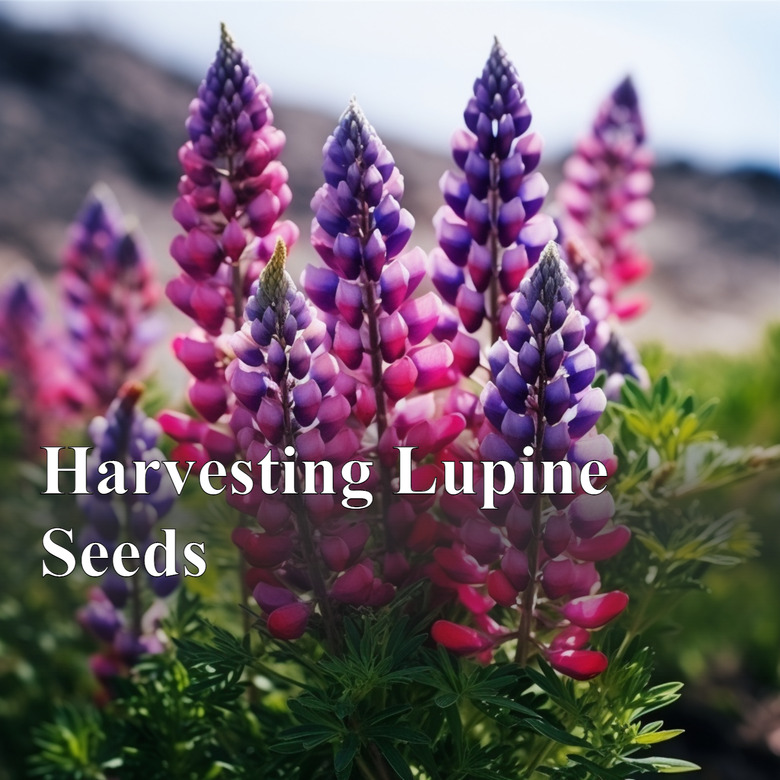Harvesting Lupine Seeds
Lupines come in both annual and perennial varieties. A member of the legume family, they produce pods which house three to five pea-like seeds. Lupines come in a variety of colors ranging from white and pale pink to blue and violet. Blooming in mid-summer, they produce many tight petaled flowers along a 2- to 3-foot stalk. One of the better known varieties of the lupine is the state flower of Texas, the Bluebonnet. Harvest the seeds from your lupines to save money each year when planting annuals or expanding a perennial bed.
Step 1
Wait until the plant begins to die back and the seed pods begin to ripen before harvesting. Pick after the pods turn dark gray or black but before they split open.
- Lupines come in both annual and perennial varieties.
- A member of the legume family, they produce pods which house three to five pea-like seeds.
Step 2
Spread the pods out in a single layer on a paper plate. Place in a warm, well-ventilated room for 2 weeks to fully dry.
Step 3
Split open the pods along the seams, just as if you were shelling peas. Remove the seeds and inspect them for maturity. Mature, well-formed seeds are approximately ¼ inch in diameter and grayish brown.
Step 4
Label the envelope with the lupine variety and harvest year. Place the seeds in the envelope and seal it.
- Spread the pods out in a single layer on a paper plate.
- Place the seeds in the envelope and seal it.
Step 5
Store in a cool, dry place until ready to plant. Alternatively, place in a jar and store in the refrigerator.
Tip
Some lupine varieties require scarification to germinate. Use a metal file to nick the seed coating before planting. Others require cold stratification, which storage in a refrigerator will achieve. Place a silica gel packet, available from florists, in the envelope or jar to absorb any excess moisture.
Warning
While lupine is in the legume family, some varieties are toxic so it isn't advisable to eat the seeds. Moisture may cause the seeds to rot or germinate prematurely. Always store dry.
Things Needed
- Paper plate
- Envelope
- Jar
